Track Your Step Count in Lean (NEAT)
Lean calculates the energy you burn from daily movement (NEAT) using the pedometer built into your smartphone.
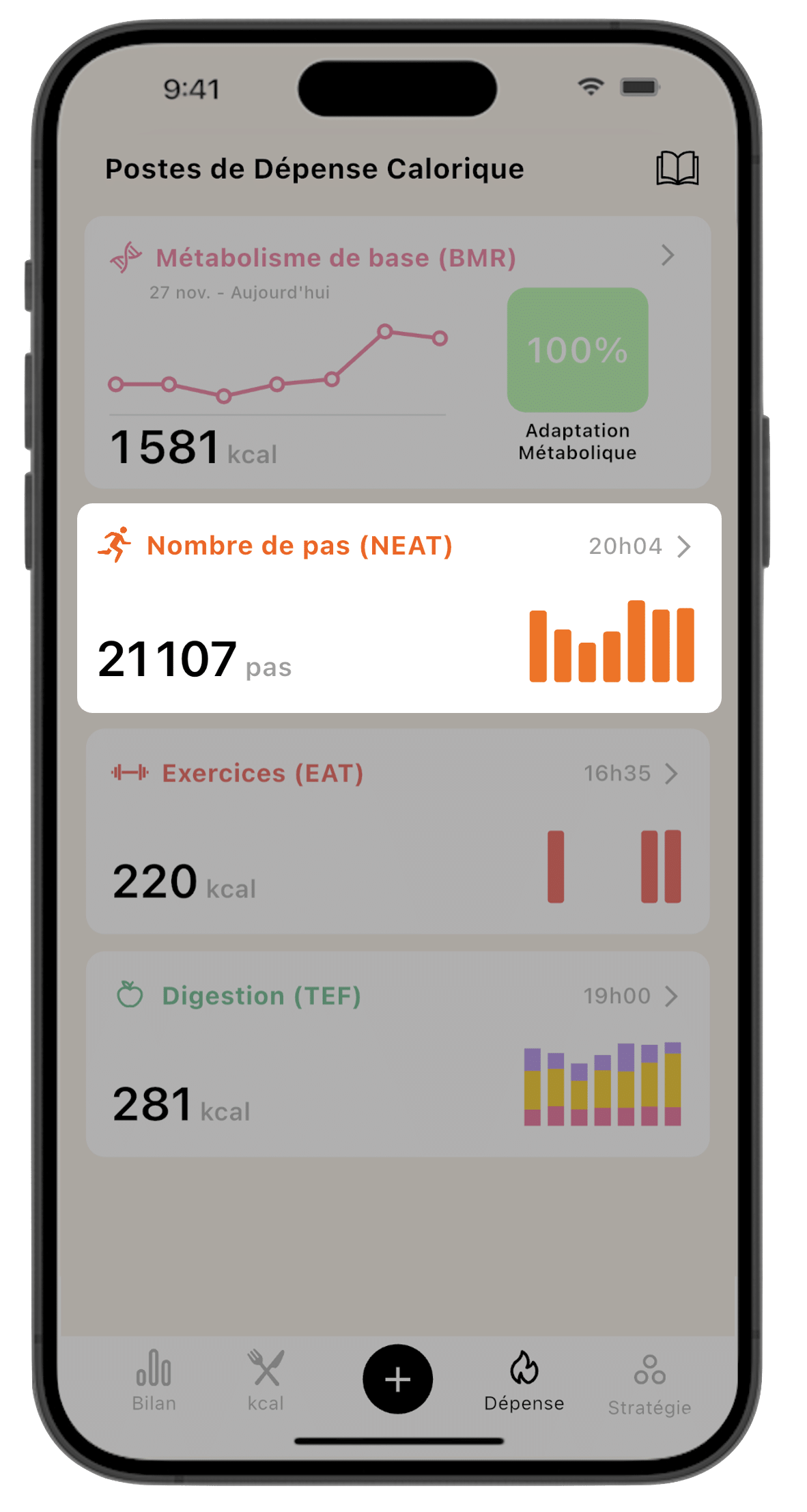
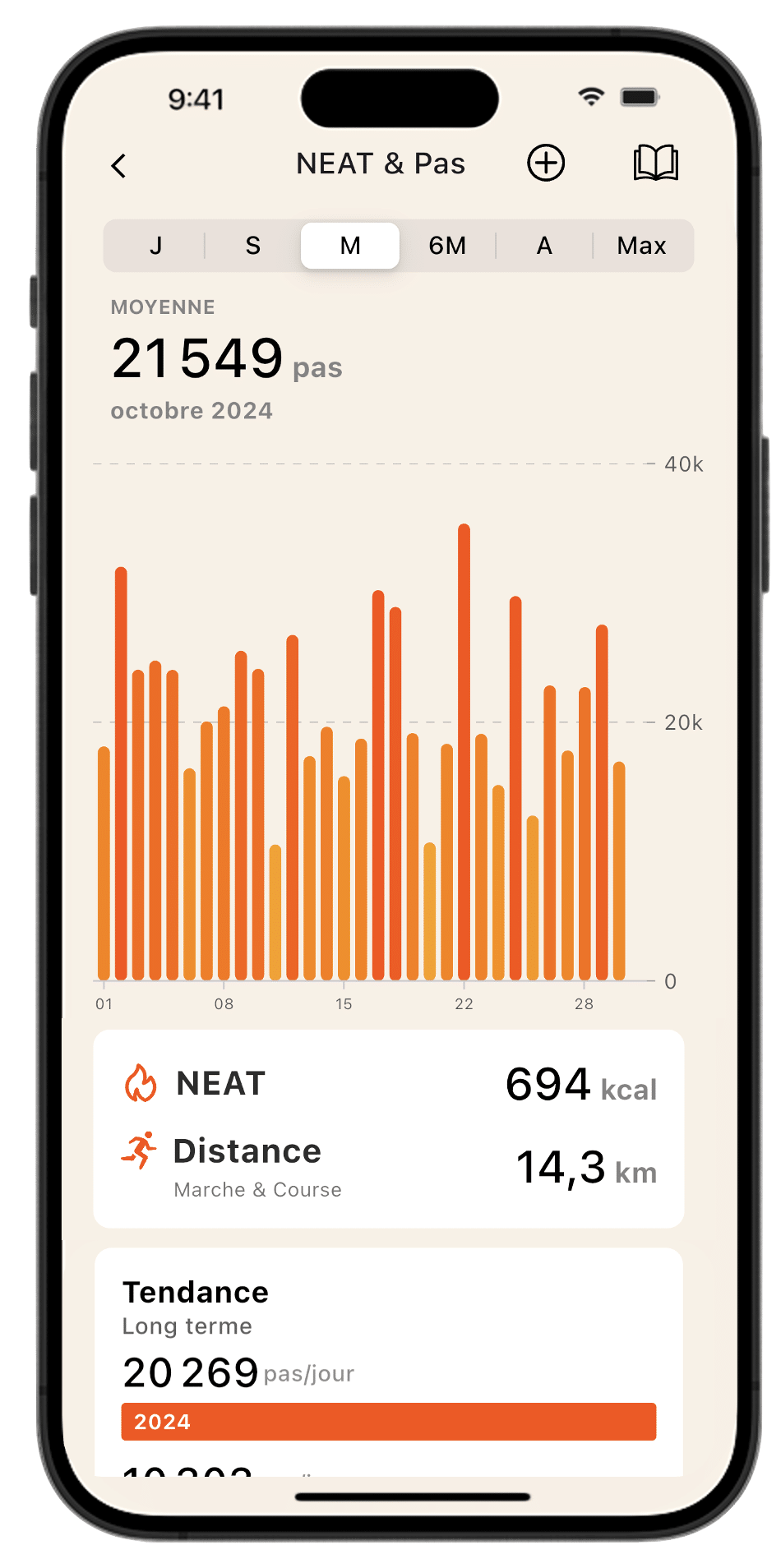
Calculate Your Walking-Related Calorie Burn — Fully Personalized to You
Lean uses a unique calculation to determine the energy you burn while walking. It takes into account your weight, body fat percentage, and nutrition data to precisely calculate the energy expenditure based on your step count.
NEAT (Non-Exercise Activity Thermogenesis)
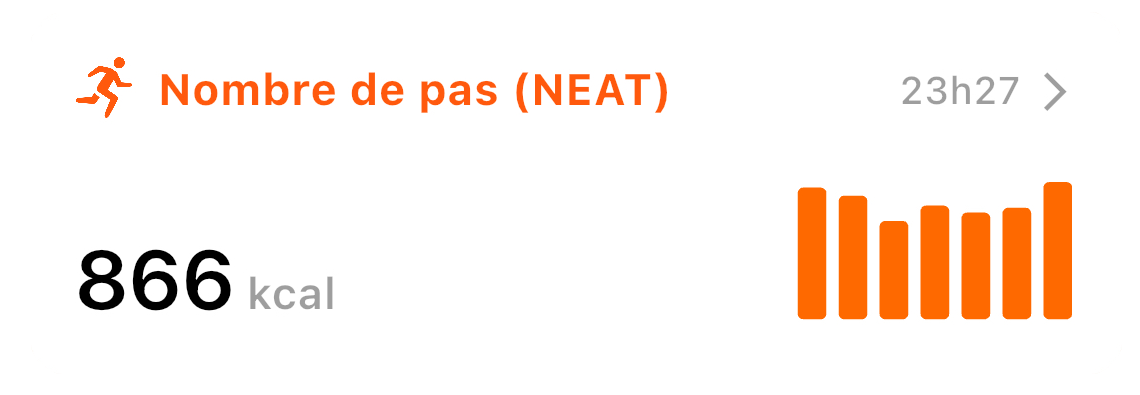
NEAT (Non-Exercise Activity Thermogenesis) refers to the calorie expenditure from spontaneous, non-exercise-related movements, as defined in scientific literature. These include everyday actions like walking, standing, fidgeting, cleaning, or climbing stairs — anything that isn’t formal exercise.
NEAT is often underestimated, yet it represents the second largest source of energy expenditure in the human body, right after Basal Metabolic Rate (BMR)..
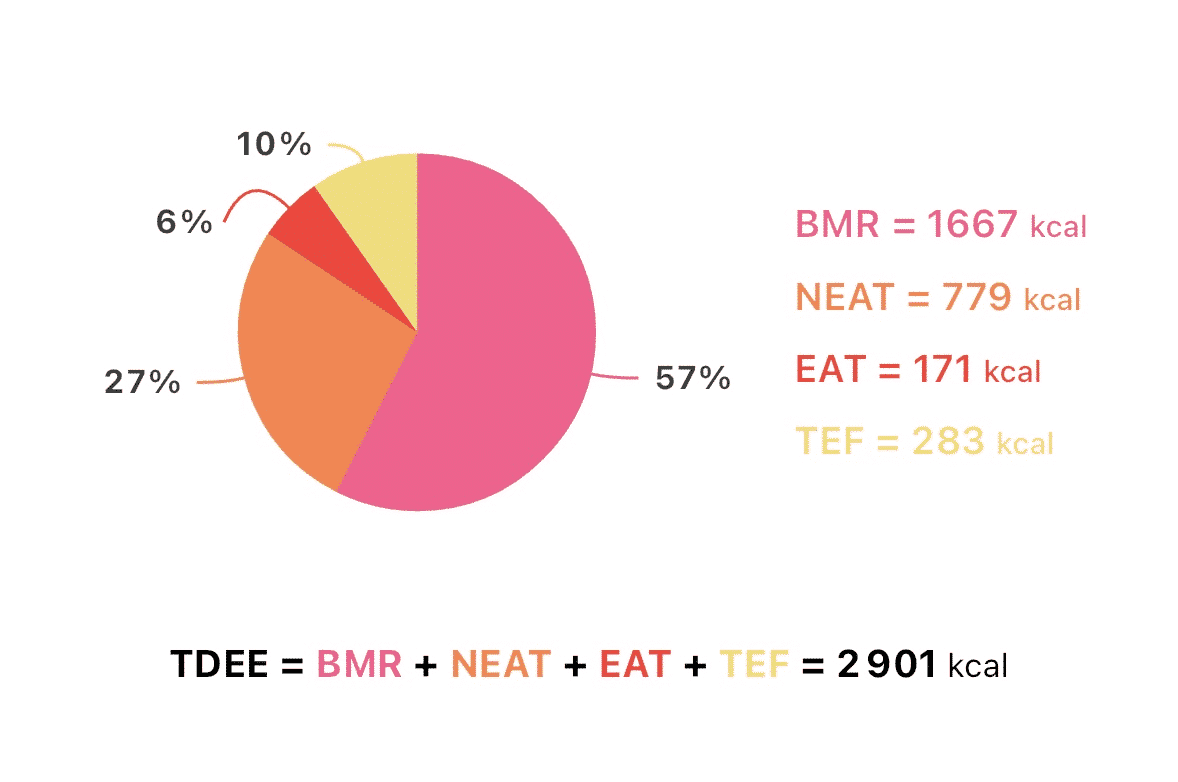
How does it work?
The Lean app connects to your smartphone’s pedometer to access your step count and distance walked. Lean continuously tracks this data in real time to determine how much energy you burn through daily walking.
To make sure your smartphone’s pedometer is properly connected to Lean, follow the setup tutorials specific to: iPhone or Android :
Configurer le tracking des aps sur Lean sur Android
Configurer le tracking des aps sur Lean sur IPhone
Once your pedometer is activated, just keep an eye on your daily step count — Lean takes care of the rest. Lean is also compatible with smartwatches, fitness bands, bracelets and connected walking treadmills.Just make sure you’re always carrying your smartphone or wearing a connected device when walking to ensure accurate tracking.
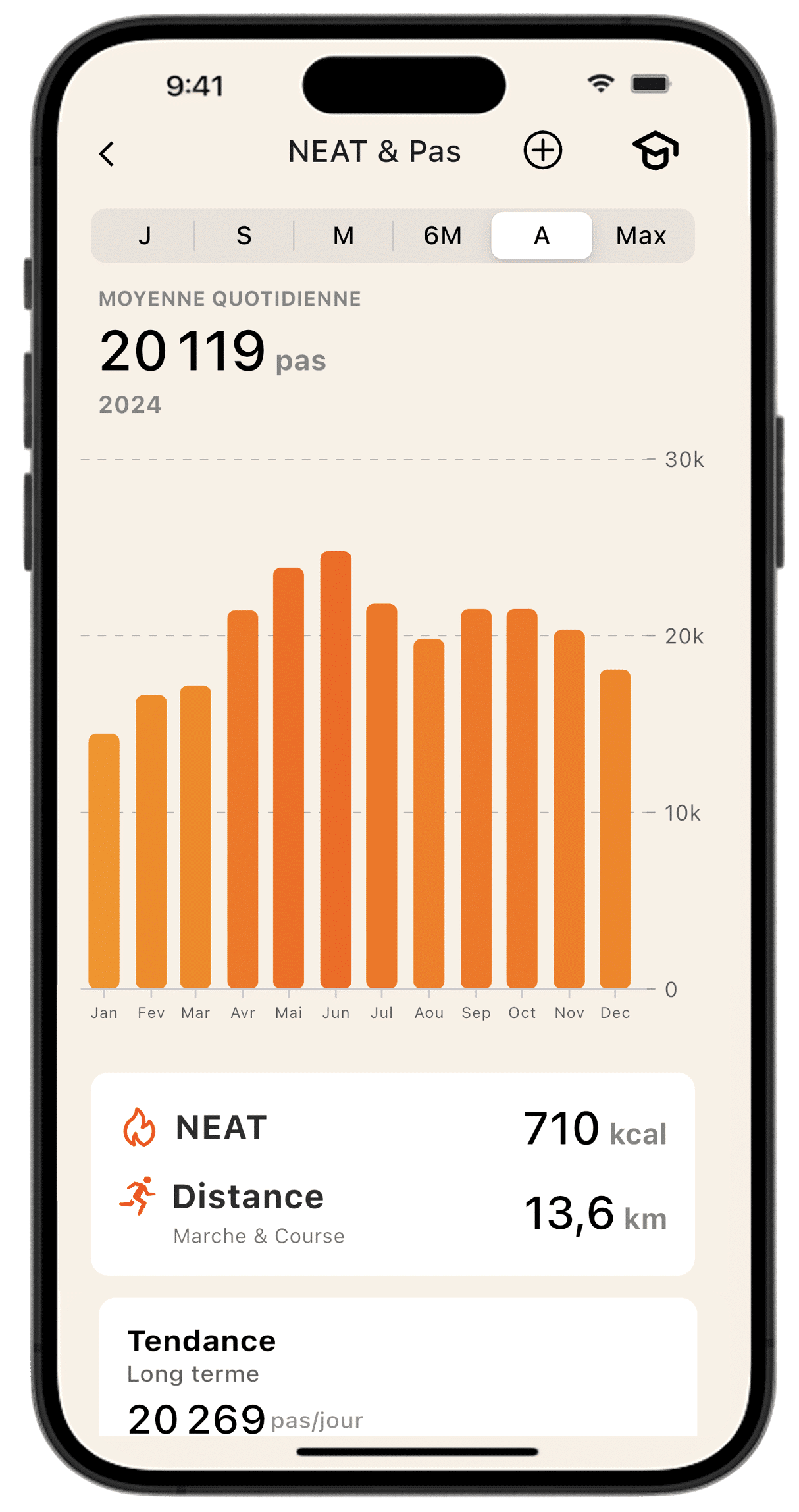
Manually Adding Steps
If you walked without carrying any device to track your steps, you can manually log them in the Lean app: Simply use the “+” button in the NEAT section of the interface.

➡️ You can both add or remove steps in this section to ensure your data stays accurate. ajouter que retirer des pas.
Why Is Lean Different?
Most Calorie Tracking Apps Ignore Step Count The majority of calorie tracking apps don’t use your actual step count in their energy expenditure calculations. Instead, they apply a fixed activity factor to your Basal Metabolic Rate (BMR) to estimate your total daily energy burn. This means the calculated energy expenditure is unchanging and static.
This is a major mistake : if you’re sedentary one day and walk a lot the next, the difference in energy expenditure can exceed 1000 kcal. When trying to reach a goal (caloric deficit, maintenance, or surplus), ignoring such a large variation is simply unacceptable !
Apps that try to convert step count into calories often produce inaccurate results. The calculation of energy from walking isn't based on Basal Metabolic Rate (BMR), and when it is, the inaccuracy of BMR estimations leads to erroneous EAT (Exercise Activity Thermogenesis) calculations.(See BMR section))
Difference between MyFitnessPal and Lean in NEAT estimation:
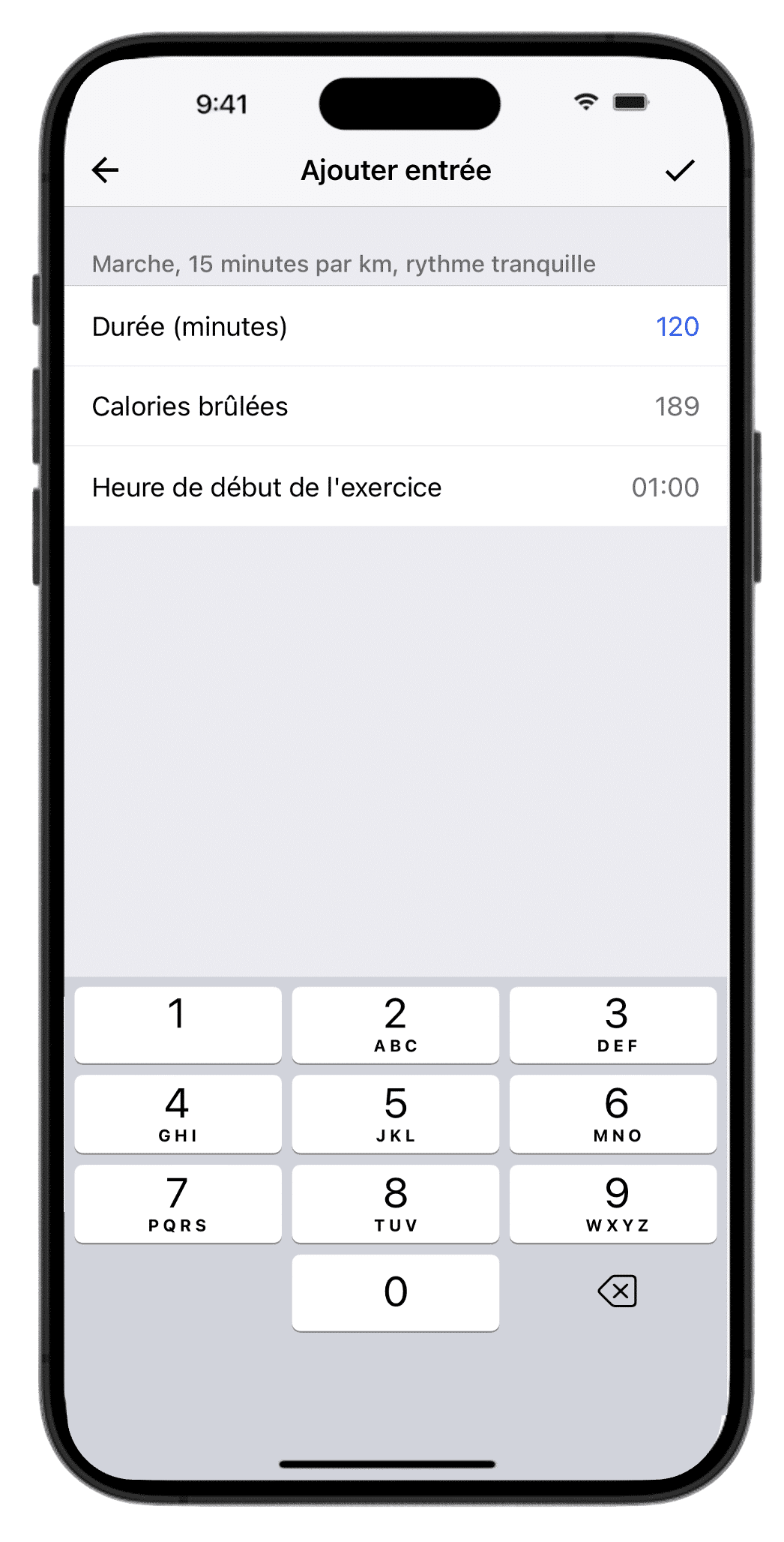



The Problem with Wearable Devices
Wearable devices like smartwatches, fitness bands, or even walking treadmills are known to poorly estimate the energy you burn through steps. This is mainly because these tools don’t have access to your Basal Metabolic Rate (BMR). In fact, we often see a systematic overestimation of energy expenditure by around +30% on a walking day — and this can go as high as +100%..
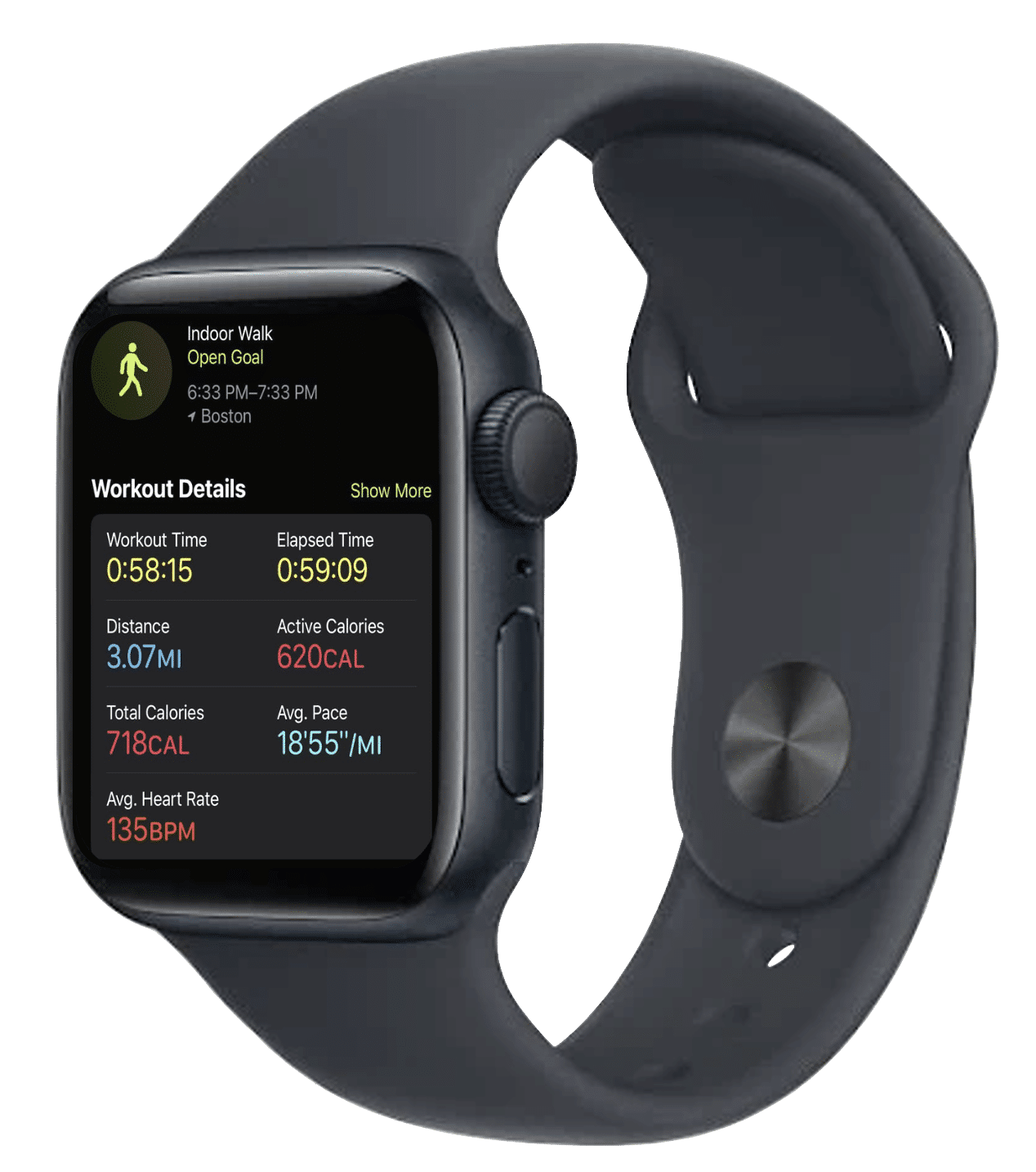
Example: Imagine you’re trying to lose fat with a light caloric deficit: -100 kcal/day..
- At the end of the week, your caloric balance would be: -700 kcal/week
- But you relied on an Apple Watch that estimated your NEAT at 700 kcal for one hour of walking (roughly 10,000 steps/day), instead of a much more realistic 350 kcal. That’s a daily overestimation of +350 kcal/day !
350 x 7 kcal watch error – 700 kcal weekly deficit = +1 750 kcal
You’re actually in a caloric surplus!
Just by trusting your smartwatch, you’ve completely ruined all the efforts you made to lose fat.
Discover all the tips to effectively increase your NEAT
NEAT & 10 000 Pas / Jour : Le Hack Ultime Pour Devenir Sec, F BOY
FAQ
Why is walking classified as NEAT and not EAT?
Your EAT refers to the energy expended during exercise.
NEAT refers to the energy expended during non-exercise activities.
But what exactly is a “non-exercise”?
Scientific literature distinguishes between two types of physical activity: Exercise and Non-Exercise, based on their METs : Metabolic Equivalent Task.
Your Metabolic Equivalent of Task (MET ou METs) is a unit used to measure the intensity of a physical activity.
1 MET = the amount of energy your body uses at rest, i.e., when you are sitting or lying still.
The boundary between Exercise and Non-Exercise is set at MET = 3.
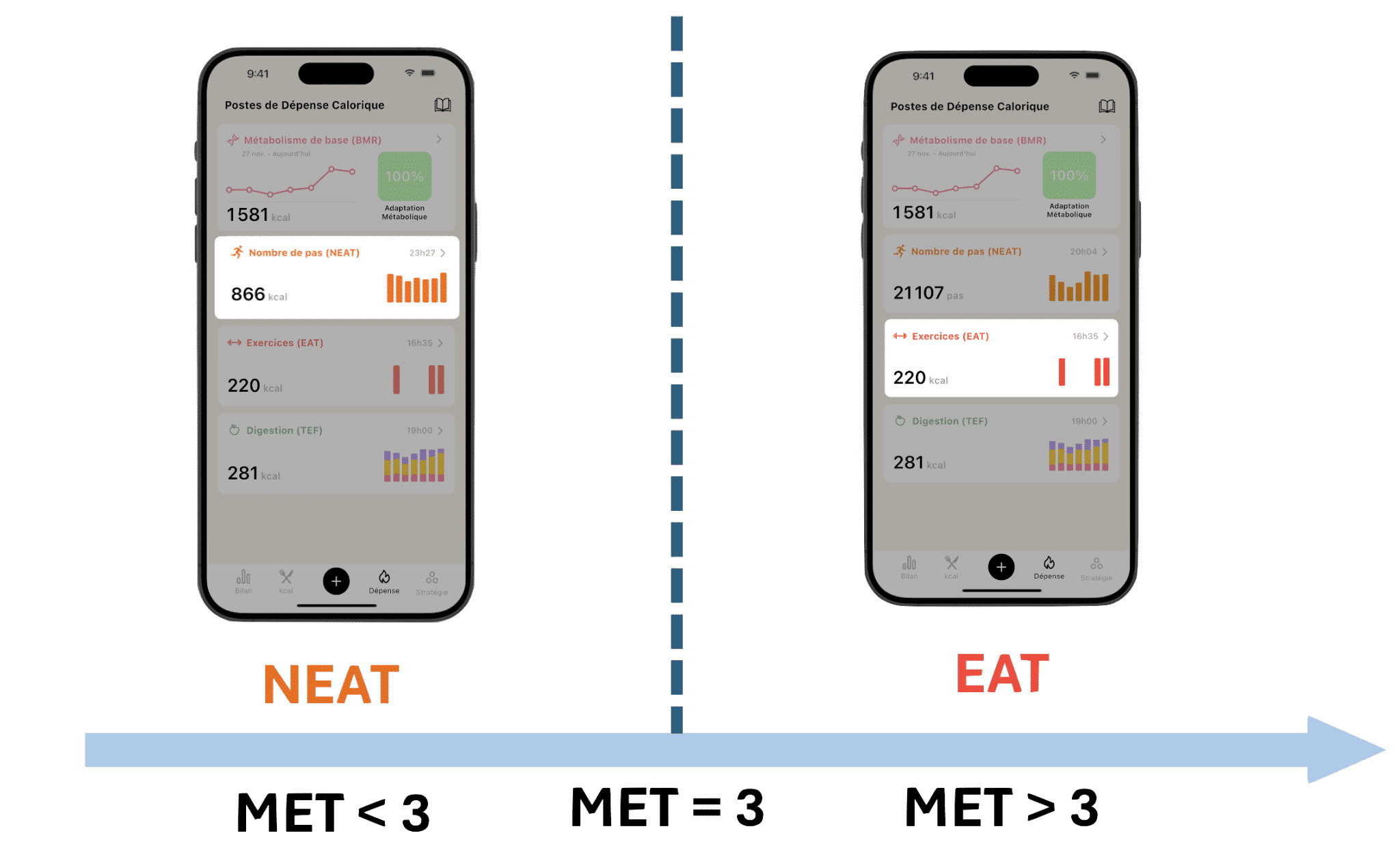
So, activities with a MET below 3 are considered NEAT and activities with a MET above 3 are considered EAT.
So what about walking? Walking is right on the NEAT/EAT boundary: Slow walking is around MET=2Brisk walking is closer to MET=4Typical daily walking is often around MET=3.
For this reason, some consider walking to be NEAT, while others classify it as EAT. However, in most scientific literature, walking is usually treated as NEAT, with an average MET slightly below 3.
That's why Lean has chosen to include step-related activity under NEAT.
But doesn’t NEAT also include spontaneous and involuntary movements?
Yes, absolutely! True NEAT includes all the small, unconscious movements we make throughout the day: typing on a keyboard, standing up, blinking, etc.
However, the MET of these micro-movements is very low compared to walking.
Here’s a representation of NEAT for an average individual (8,000 steps/day):
| Activity | NEAT |
| Walking | 350 kcal |
| Standing | 15 kcal |
| Doing the dishes | 15 kcal |
| Carrying objects | 10 kcal |
| Typing | 10 kcal |
| Talking | 10 kcal |
| Dancing/spontaneous moves | 10 kcal |
| Dressing/grooming | 10 kcal |
| Fidgeting on a chair | 5 kcal |
| Other small movements | 5 kcal |
It’s clear that walking is by far the biggest contributor to NEAT, well ahead of other minor daily activities.
Lean chose to base NEAT primarily on step count while also integrating a secondary activity factor to account for micro-movements that are part of real NEAT.
NEAT vs EAT conflict: What if I go running and my steps are counted in both NEAT and EAT?
In the exercise selection, some cardio sports include NEATIf your pedometer was active during your workout, then choose the exercises in Lean with NEAT included.

How many steps should I walk?
As many as possible! But the real answer depends on your goals and your body’s physiological responses.
If you’re in a caloric deficit for fat loss and start experiencing increased hunger, walking more will give you more calories to work with, which helps reduce food-related frustration during a diet.
Walking should always be seen as a win-win trade:
I walk more = I can eat more
No matter your goal — deficit, maintenance, or surplus.
That said, 10,000 steps/day is a good initial target: clear, realistic, and comfortable to support physical progress.
For reference, the average person walks about 7,500 steps/day.
Once you’re comfortable with 10,000, you can aim for 12k, 15k, or even 20,000 steps/day if you're pushing for higher performance.
